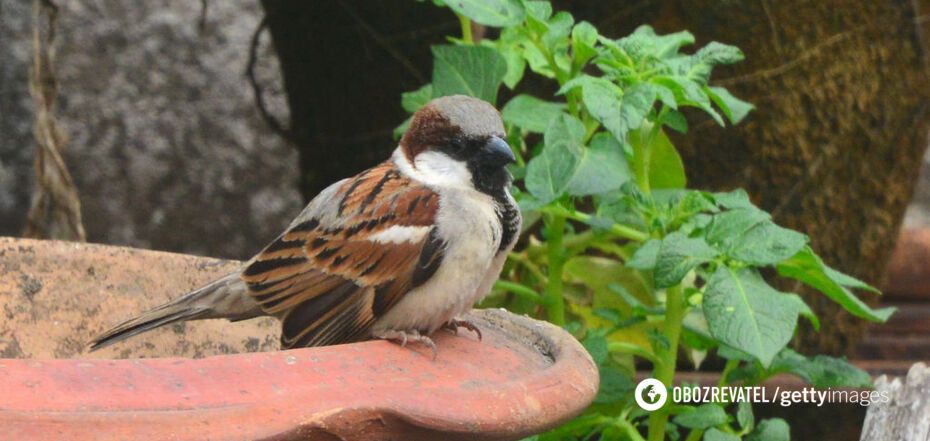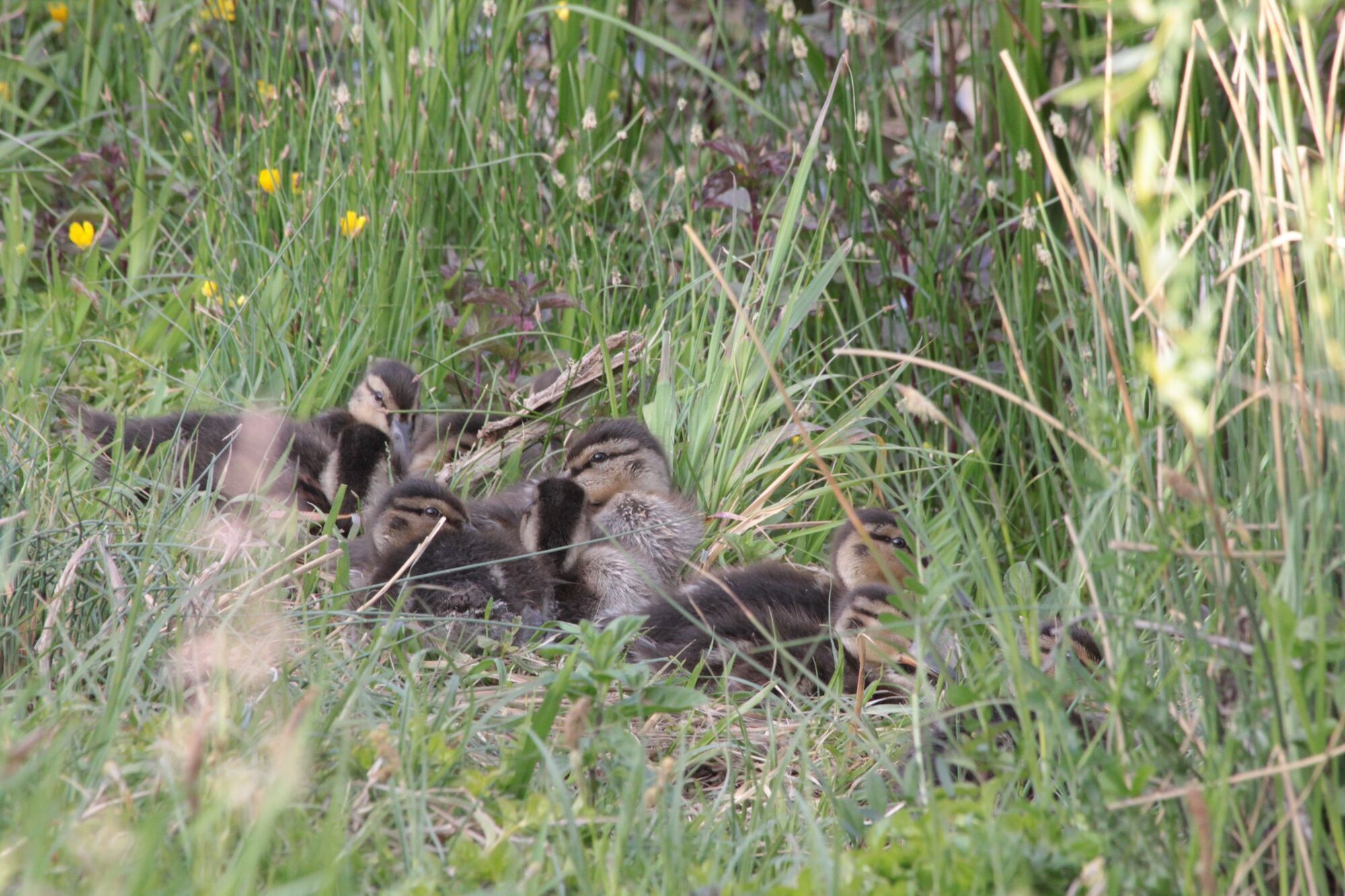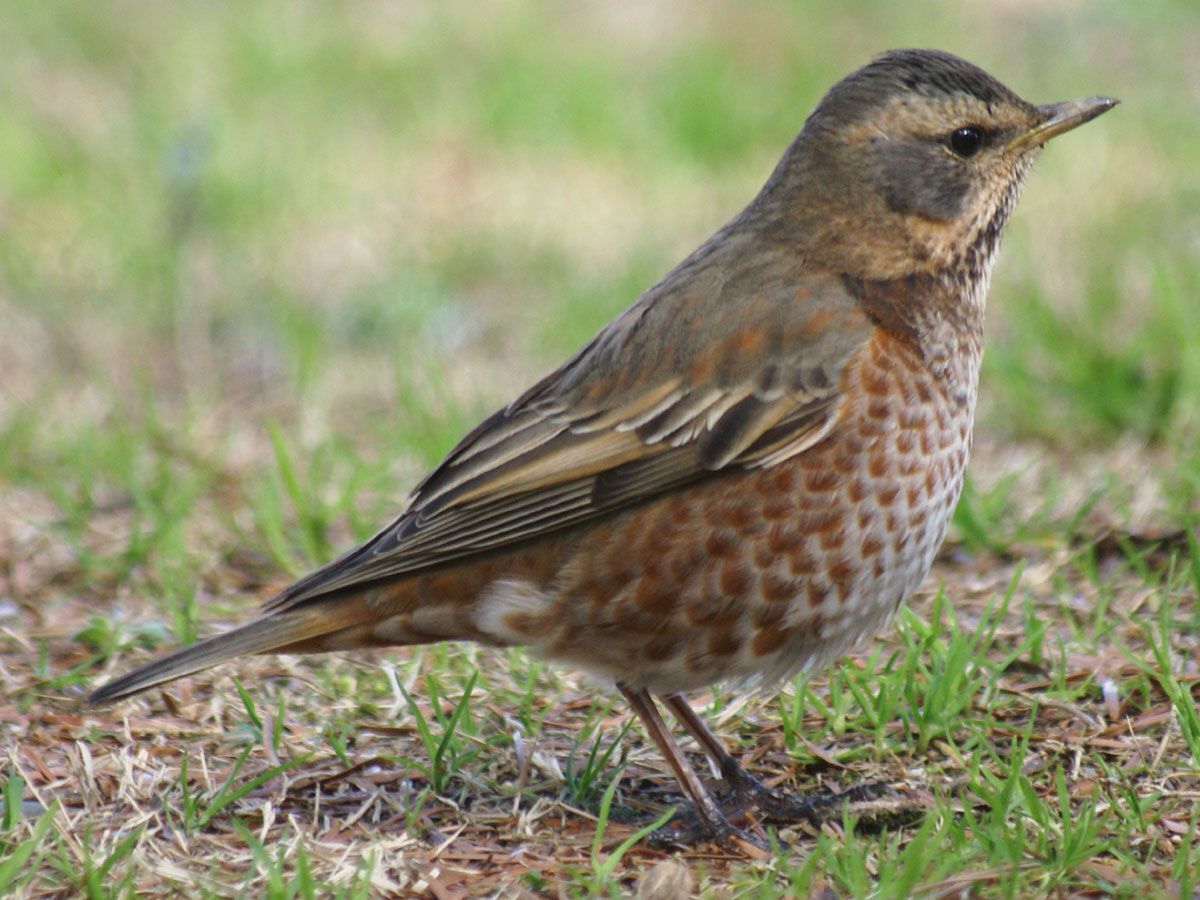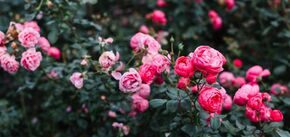News
Not only sparrows are in danger: what other birds may disappear in Ukraine
In many cities of Ukraine, sparrows, once familiar feathered neighbors of humans, are becoming a rare sight. However, scientists emphasize that not only these small birds are in danger.
Ornithologist Natalia Priyatkina says that titmice, nightingales, and other birds will soon disappear from Ukrainian cities due to chaotic construction, excessive cutting of bushes, and clearing of shrubs. The expert wrote more about the threats to birds on her Facebook page.
Birds are disappearing from cities because they have nowhere to go, scientists say. Green areas are being replaced by buildings, while shrubs, trees, and bushes that were home to many birds and other living organisms are being cut down.
Natalia reminds about the interaction between birds and vegetation in cities. She cites the example of Ivano-Frankivsk, which is home to many species of birds that are dependent on vegetation. However, a similar situation is observed in all Ukrainian cities.
The expert notes that sparrows can no longer be seen in the city because they need thickets and shrubs. For most of their lives, these birds feed on plant food and insects on plants.
"The titmouse may disappear in the near future because they build their nests in hollows and crevices of old trees. You can no longer hear nightingales too because there are no bushes with lower branches - they were cut down because it is 'not aesthetically pleasing, garbage clings to it, and people defacate.' For the same reason, there will be no European robins and whitethroats," Priyatkina says.
"Nightingales can still be heard near the river because this bird sings in the bush where it has a nest, and it builds it in the lower branches," says the ornithologist.
"Blackbirds also nest in bushes. Once I saw two of their nests on the lower branches of a fir tree in a park. In the wild, these birds never nest in the same tree because it's stressful. But in the city, they simply have nowhere to go," the expert emphasizes.
Many birds are known to nest in tall grass. For example, the common chiffchaff is a small bird that makes a nest on the ground in the form of a large ball in the thick grass. But all the grass is cut down to the root to create a beautiful city lawn.
"Soil without grass or with burnt grass heats up by 45 degrees when it's plus 30 outside. If the grass is one or two centimeters high, the soil warms up a little less - by 35 degrees," explains Natalia.
"When the grass is uncut, it's already 18 degrees. Such soil retains water, becomes damp, and the process of decay begins, which is why various microorganisms and insects live there. That's why it's so hot in the city in summer - the ground is overheated as the grass is mowed everywhere," the ornithologist added.
The expert notes that for many birds, a bush overgrown with tall grass is a home, a shelter, a defense, and a dining room at the same time. However, the bush should not skillfully cut and plucked, but should look like a center where you can hide and build a nest and safely raise your offspring.
For example, all species of whitethroats nest in such bushes, as do thrushes, chaffinches, flycatchers, nightingales, and a dozen other species, Priyatkina says in her post.
"Titmice collect prey from bushes and deciduous trees of native species for feeding their chicks, bypassing invasive species that have been actively planted recently. For example, sakura trees, tulip trees, and ornamental plums bloom beautifully for a short time in spring, but these trees do not bear fruit and therefore do not provide birds with food," the ornithologist informs.
Researchers of urban ecosystems recommend planting native plant species, including viburnum, mountain ash, hawthorn, barberry, currant, rose hips, blackthorn, spirea, and elderberry.
These shrubs can be used in landscape design and, like all shrubs, can be pruned. Shrubs can be formed without destroying the lower growth from the branches and allowing birds to create nests there, experts emphasize.
Natalia Priyatkina notes that in European cities, flowerbeds are left untouched where wild herbs and flowers are planted to attract insects and, accordingly, birds. It is also forbidden to cut down trees of any age or cut off a branch until the tree is examined by a specialist.
"Fallen old trees are not removed from parks and green areas if they do not impede traffic. A buffer zone is always present around water bodies - an area without human intervention, fenced off and with access to water in clearly defined places," the ornithologist said, emphasizing that this experience should be adopted in Ukrainian cities as well.
Only verified information is available on OBOZ.UA Telegram channel and Viber. Do not fall for fakes!































